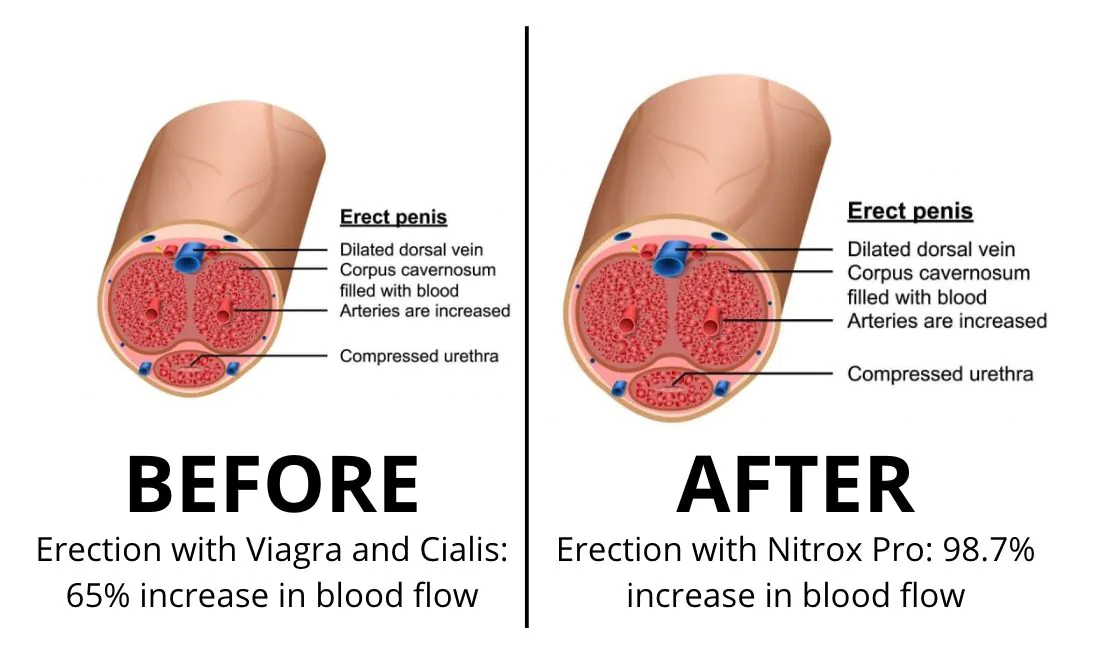The importance of hip bridges for glute activation lies in their ability to strengthen the glutes, improve posture, enhance core stability, and increase overall lower body strength, making them a vital exercise in any fitness routine.
Hip bridges are crucial for enhancing glute activation, which can improve your fitness routine and posture. By incorporating hip bridges into your workouts, you strengthen not only your glutes but also your core and lower back. This exercise targets the glute muscles effectively, making it a favorite among trainers. In this article, we will discuss what hip bridges are, their benefits for glute activation, how to perform them correctly, and common mistakes to avoid.
What are Hip Bridges?
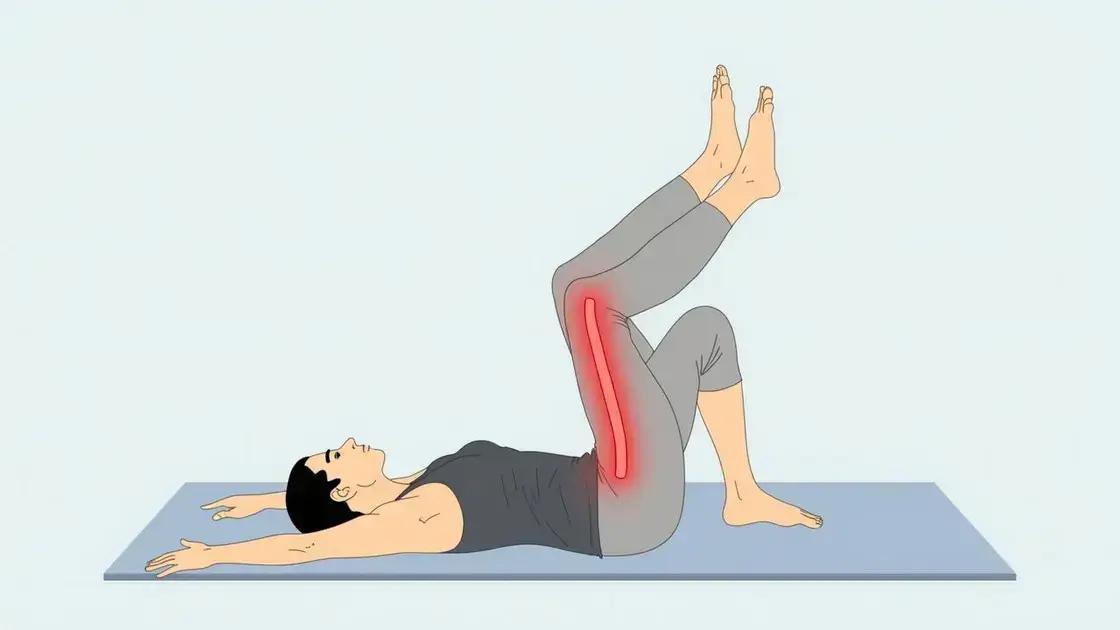
Hip bridges are a popular exercise that focuses on strengthening the glutes, hamstrings, and lower back. They involve lying on your back with your knees bent and feet flat on the floor, then lifting your hips towards the ceiling. This movement actively engages the glute muscles, promoting better function and aesthetics.
Muscle Activation
When you perform hip bridges, you primarily target the gluteus maximus, which is the largest muscle in the buttocks. Additionally, this exercise works the hamstrings and helps stabilize the pelvis, contributing to better overall strength in the lower body.
Why Are They Important?
Hip bridges play an essential role in physical fitness by enhancing leg strength and improving posture. Strong glutes contribute to the efficient functioning of the body, allowing for better movement patterns in daily activities and various sports.
Variations
There are several variations of hip bridges, such as single-leg hip bridges and elevated hip bridges. These variations increase the intensity of the exercise while still focusing on glute activation, providing a well-rounded workout.
Benefits of Hip Bridges for Glute Activation
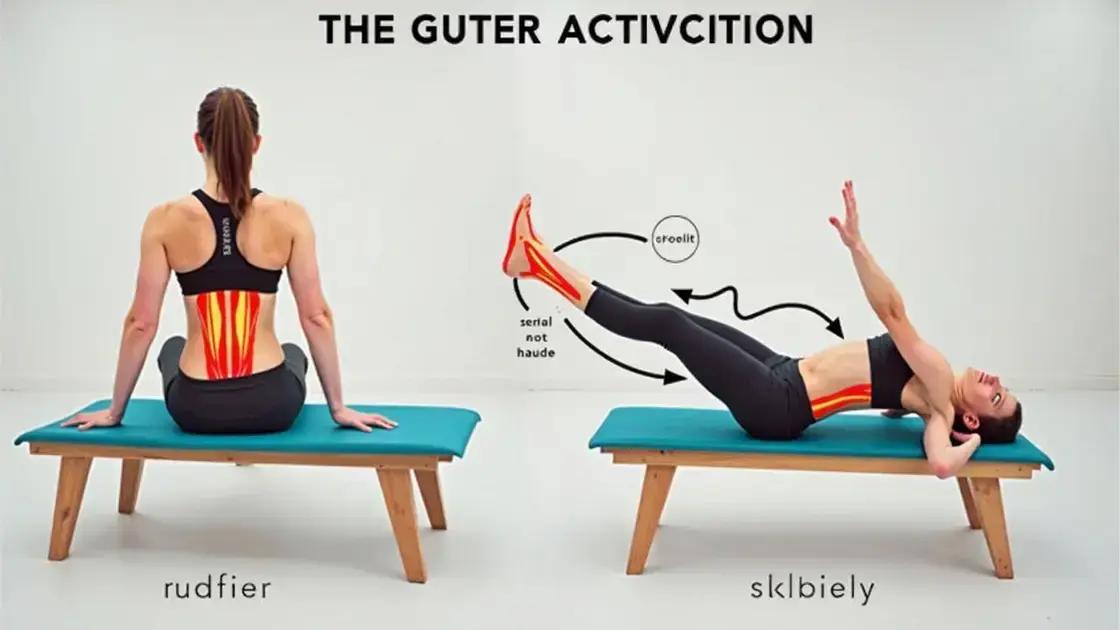
The benefits of hip bridges for glute activation are significant, making them an essential exercise for many fitness enthusiasts. Firstly, hip bridges primarily target the gluteus maximus, which is crucial for overall lower body strength. Improved glute strength can enhance athletic performance in activities like running, jumping, and squatting.
Secondly, performing hip bridges can help improve posture. Strong glutes stabilize the pelvis, preventing excessive sway in the lower back. This alignment is especially important for individuals who sit for long periods, as it counteracts muscle imbalances.
Additionally, hip bridges contribute to a well-rounded fitness routine by promoting core stability. Engaging the center muscles during this exercise can lead to better balance and coordination, which is vital in various physical activities.
Moreover, hip bridges are versatile and can be modified for different skill levels, making them accessible for beginners and advanced athletes alike. You can adjust the difficulty by changing foot positions or adding weights.
Incorporating hip bridges into your workout regimen can lead to aesthetics improvements as well. Enhanced glute muscle development can contribute to a more sculpted appearance, boosting self-confidence in athletic performance and daily life.
How to Properly Perform Hip Bridges
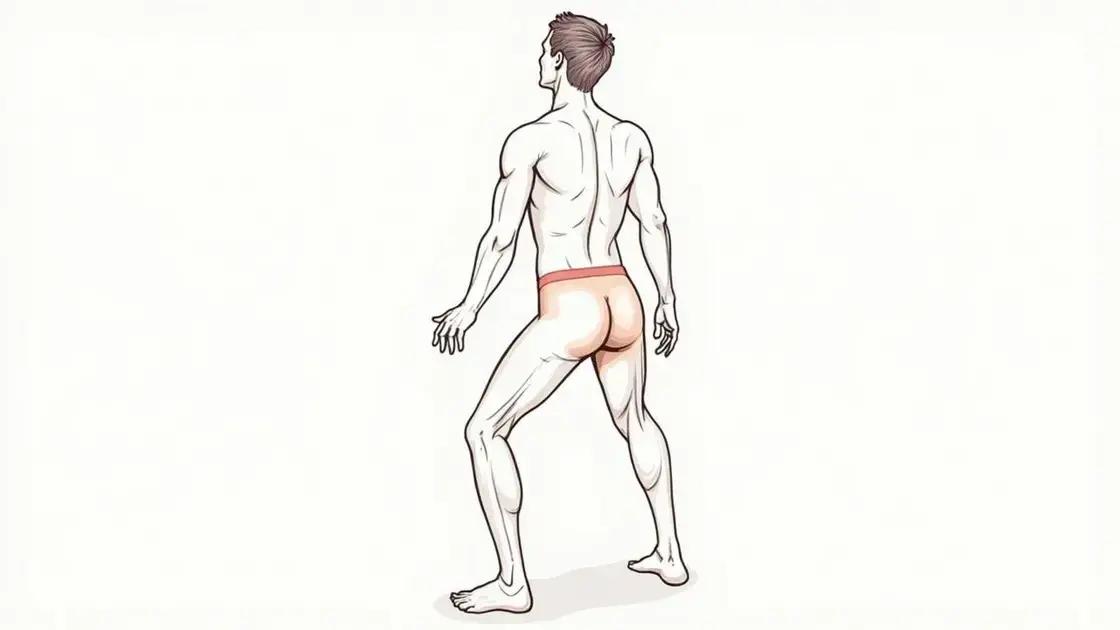
To properly perform hip bridges, follow these simple steps to maximize effectiveness and safety. First, lie on your back on a comfortable surface, such as a mat. Bend your knees and place your feet flat on the ground, hip-width apart. Your arms should be by your sides with palms facing down.
Next, engage your core muscles. This step is important because it helps stabilize your body as you begin the movement. Ensure your back is straight without arching excessively.
Now, press your feet firmly into the ground. Push through your heels while raising your hips towards the ceiling. Aim to create a straight line from your knees to your shoulders at the top of the movement. Make sure to squeeze your glutes tightly during this phase for maximum activation.
After reaching the peak position, hold it for a moment. This pause helps enhance muscle engagement. Remember to breathe steadily and focus on maintaining good form.
Finally, lower your hips back down to the ground slowly. Be controlled in your descent, ensuring your glutes and core remain engaged until you return to the starting position.
For added intensity, you can try variations like single-leg hip bridges or placing a weight on your hips. Ensure you warm up before starting and listen to your body to avoid injury.
Common Mistakes in Doing Hip Bridges
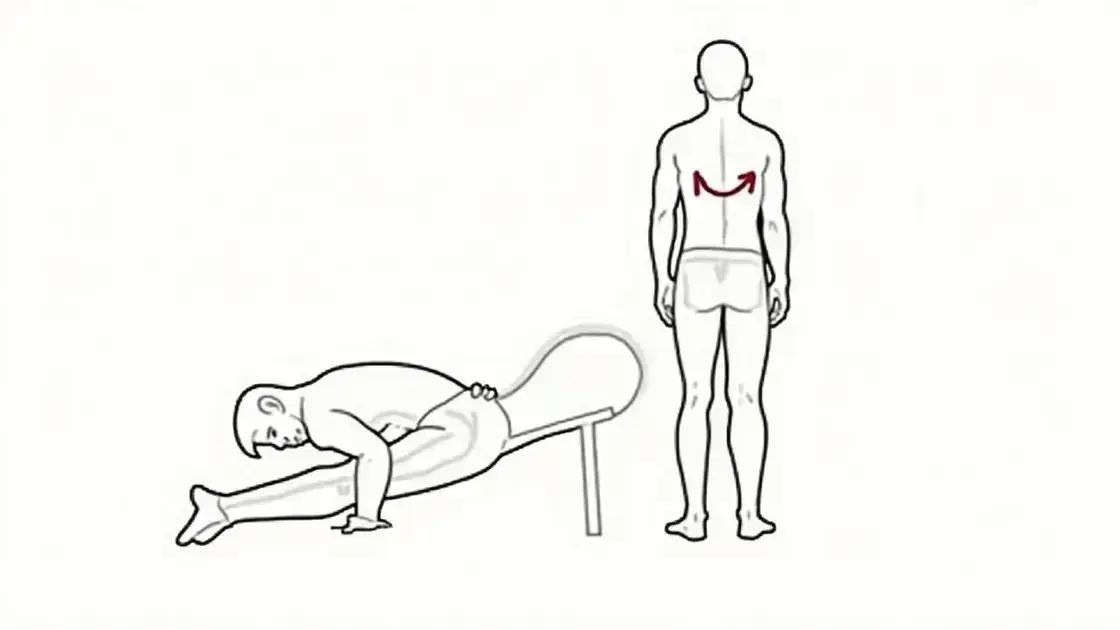
When performing hip bridges, several common mistakes can hinder effectiveness and lead to potential injury. First, many individuals arch their lower back excessively during the exercise. This action shifts focus away from the glutes and can put strain on the lower back. Always aim to keep a neutral spine throughout the movement.
Another mistake is positioning the feet too far away from the body. Your feet should be close enough that your knees align over your ankles when you lift your hips. If your feet are too far, its limits the effectiveness of the exercise.
Additionally, some people tend to lift their hips too high, causing the lower back to overextend. A proper hip bridge should create a straight line from the shoulders to the knees. Focus on lifting only to that point, maintaining good form.
Moreover, neglecting to engage the core is another common error. Failing to tighten your abdominal muscles can lead to instability. Ensure you activate your core before starting the movement to provide a stable base.
Lastly, rushing through repetitions can also be detrimental. It is better to perform fewer, controlled repetitions than to hurry through many. Focus on quality over quantity for optimal results.
In summary, the significance of hip bridges
The importance of hip bridges in achieving glute activation cannot be overstated. This essential exercise not only strengthens the glutes but also enhances overall lower body stability and posture.
By understanding what hip bridges are and learning how to properly perform them, you can avoid common mistakes that may hinder your progress. Incorporating hip bridges into your fitness routine will provide numerous benefits, including improved athletic performance and more defined glute muscles.
With consistency and correct form, hip bridges can play a crucial role in achieving your fitness goals, helping you build a strong foundation for other exercises and daily activities.
FAQ – Common Questions About Hip Bridges and Glute Activation
What are hip bridges?
Hip bridges are an exercise that targets the glutes and lower back, helping to improve strength and posture.
Why should I perform hip bridges?
Hip bridges enhance glute activation, improve core stability, and contribute to better lower body strength, making them crucial for fitness.
How do I properly perform hip bridges?
Lie on your back with knees bent, engage your core, press through your heels, lift your hips to create a straight line from knees to shoulders.
What are common mistakes when doing hip bridges?
Common mistakes include arching the back, improper foot placement, lifting the hips too high, and neglecting core engagement.
Can I modify hip bridges for increased intensity?
Yes, you can try variations such as single-leg hip bridges or adding weights to increase the exercise’s difficulty.
How often should I include hip bridges in my workout routine?
Incorporating hip bridges 2-3 times a week can help improve glute strength and overall fitness as part of a well-rounded program.




